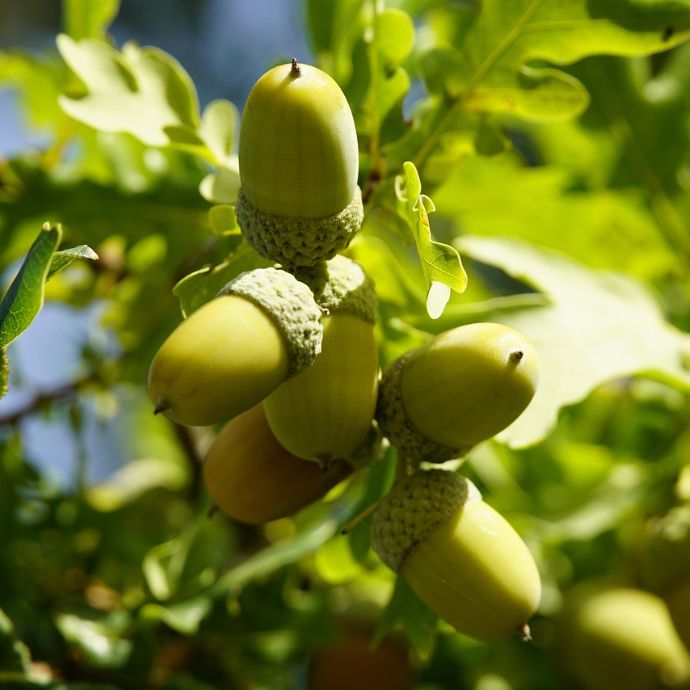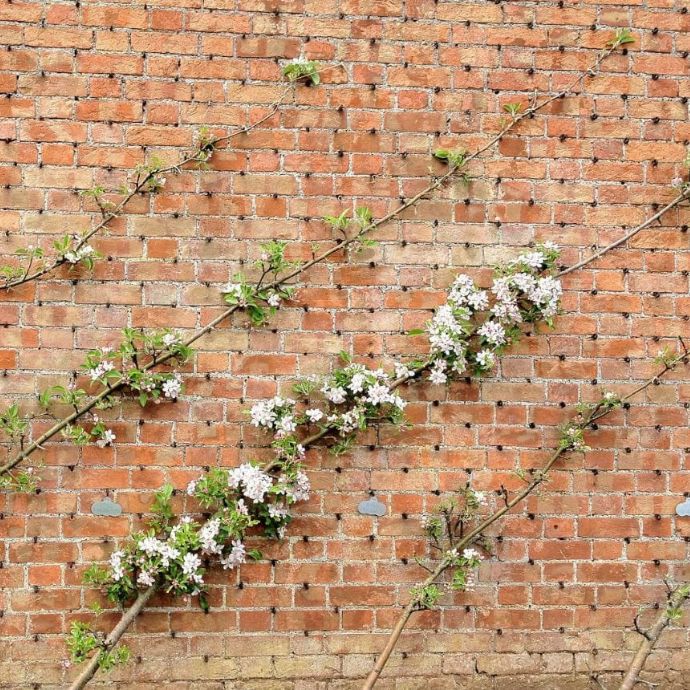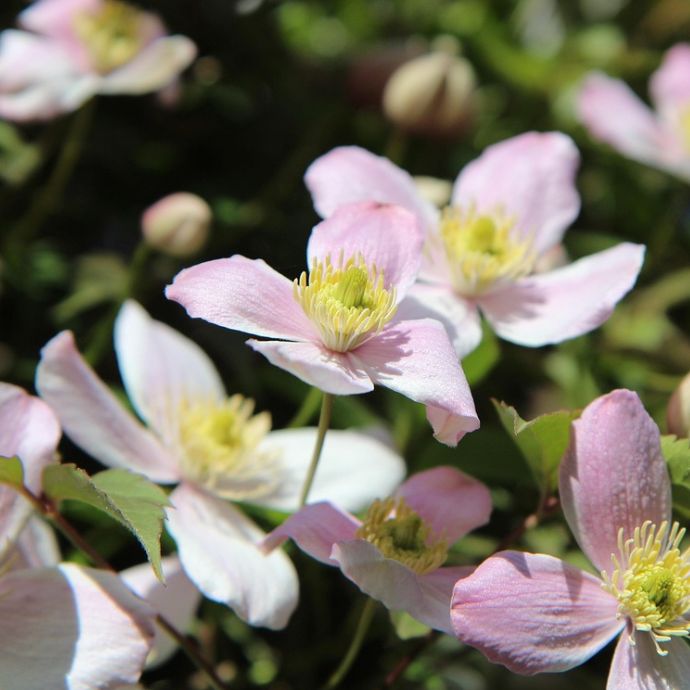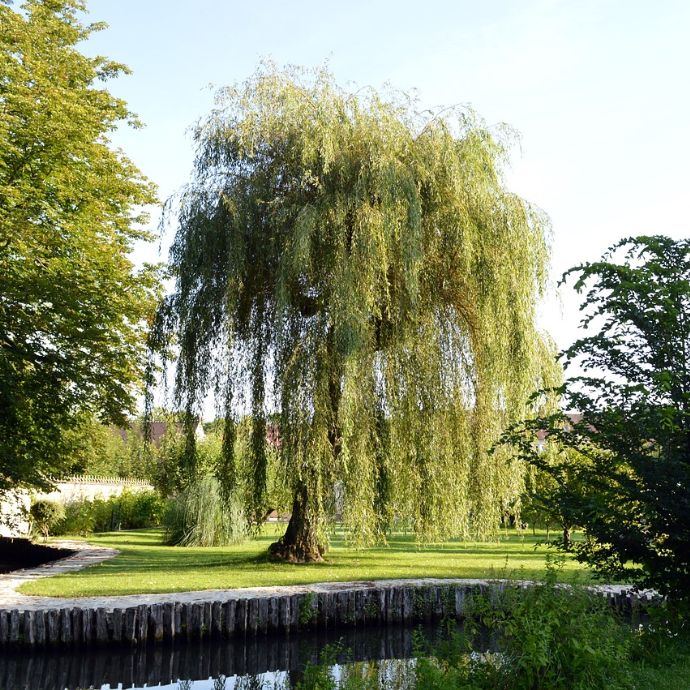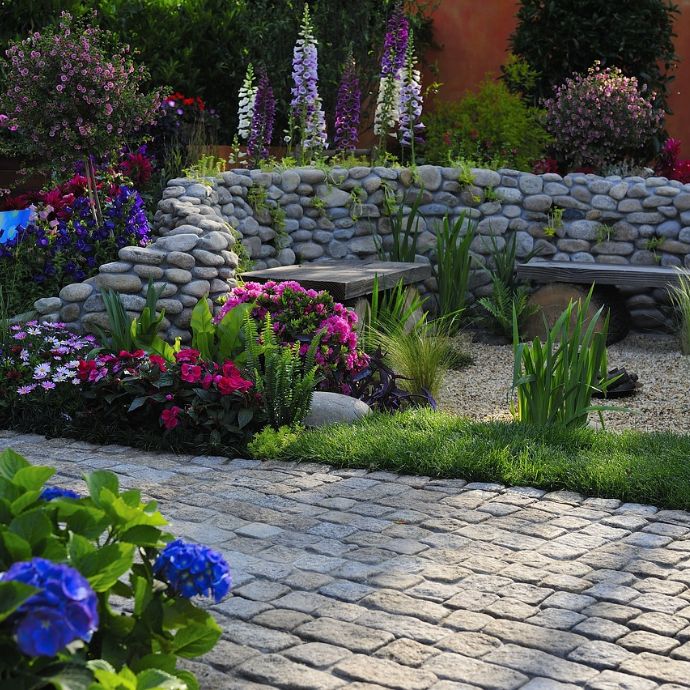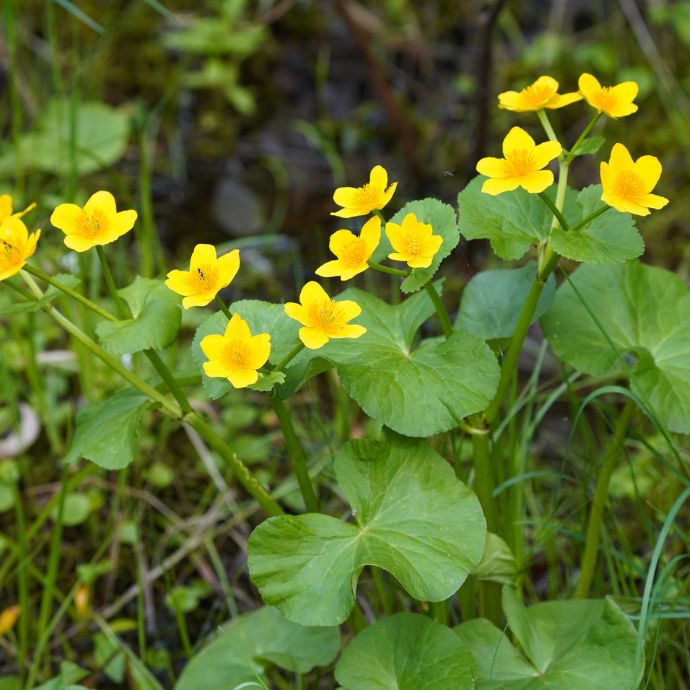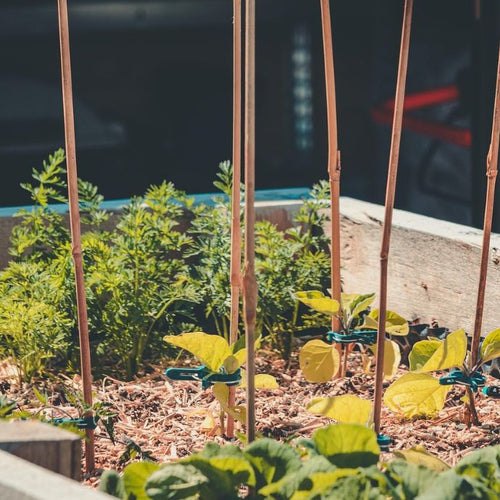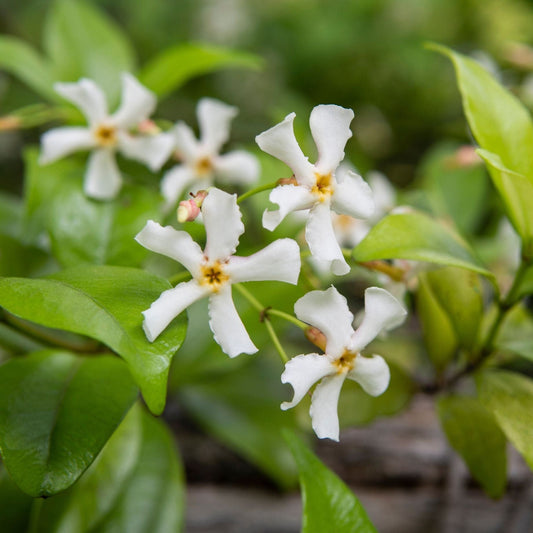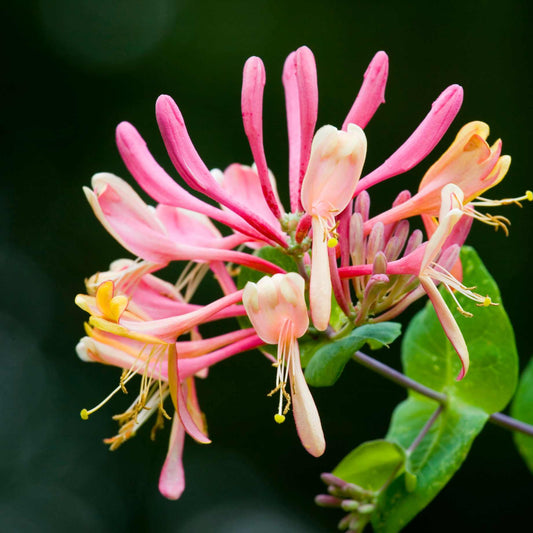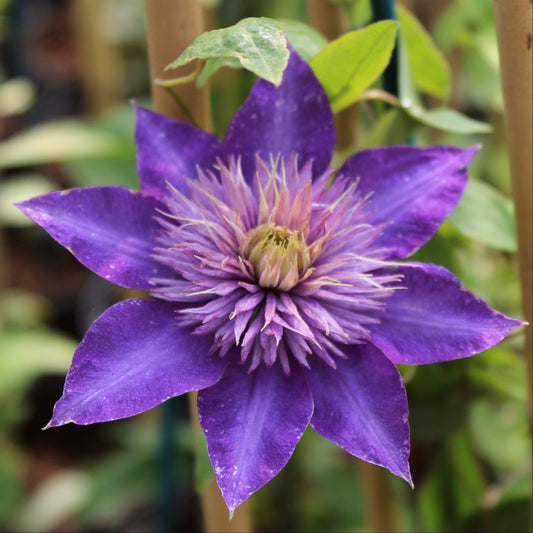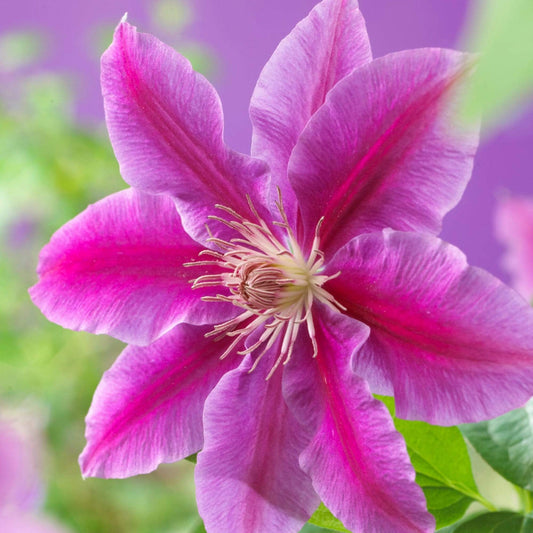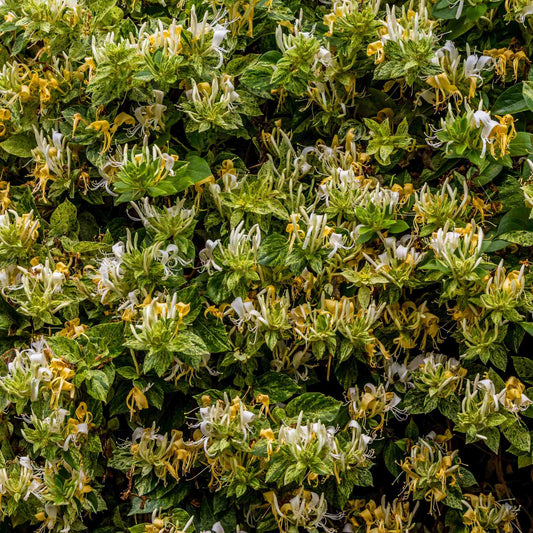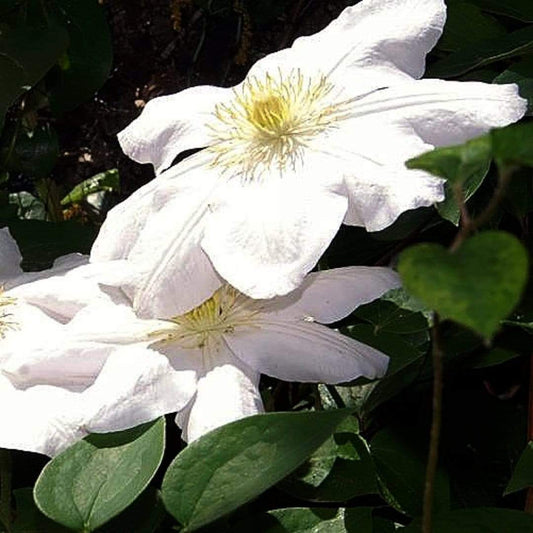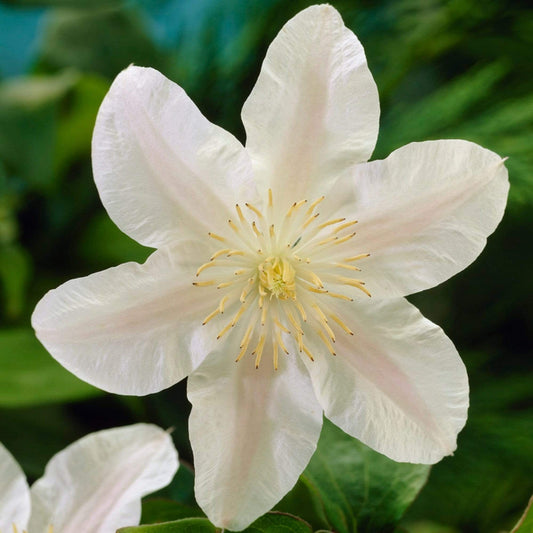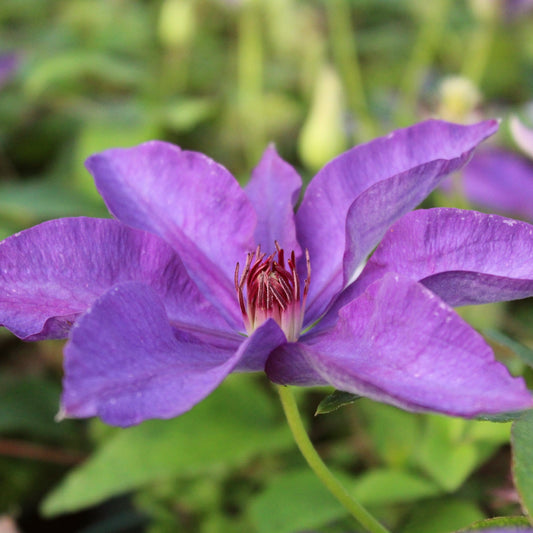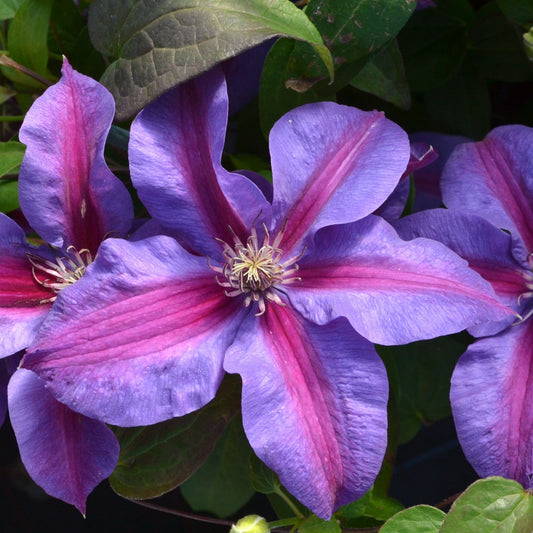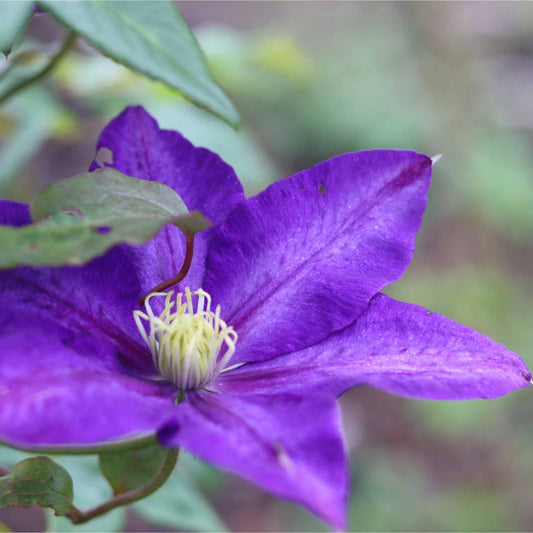Support for Climbing Plants: How to Train Climbers
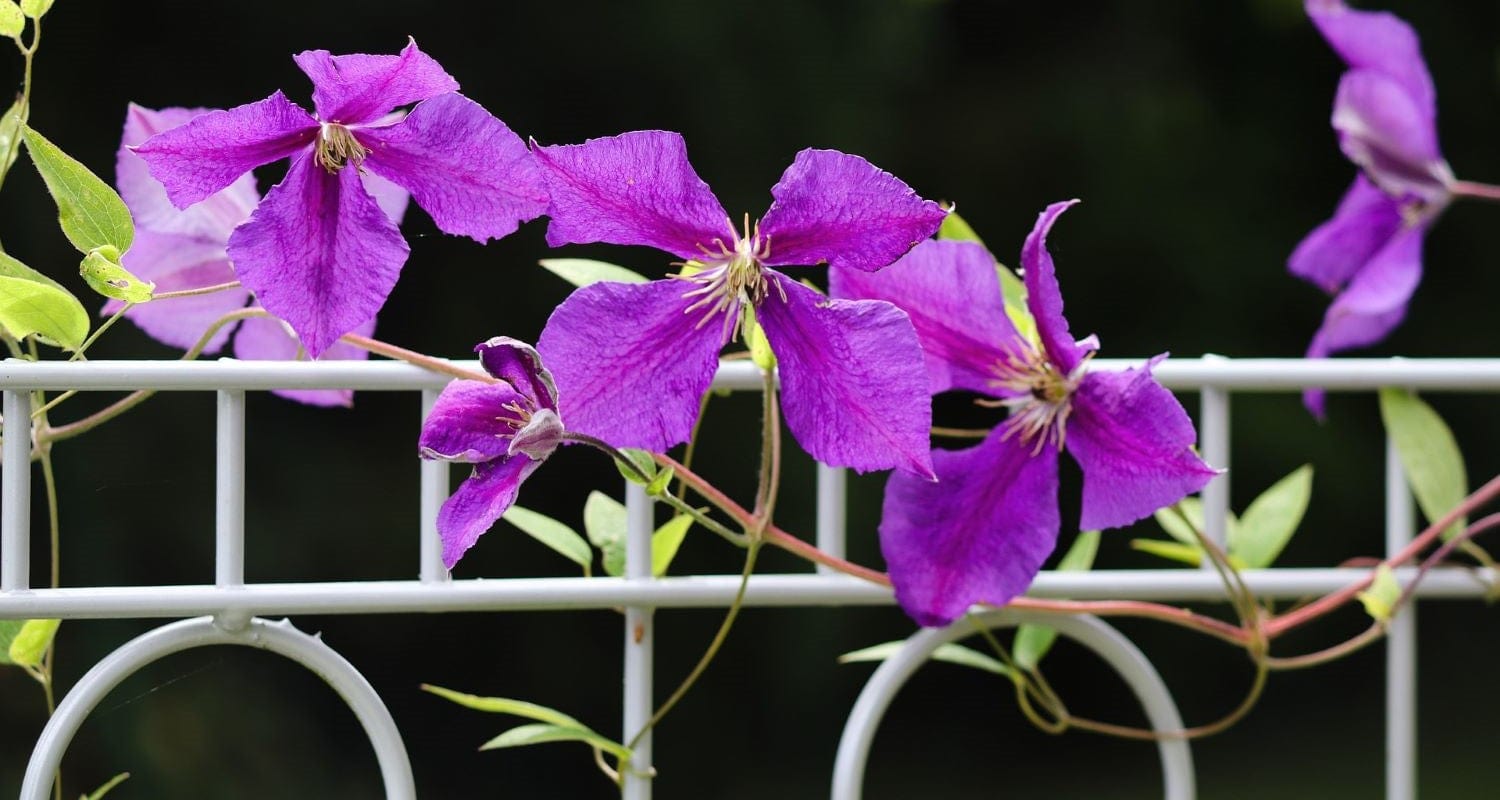
Every climbing plant needs support - whether that’s from a wall, fence, arch, trellis or pergola - but not all climbers are equal. They all climb in different ways, so which is the best method for training each different type? And what’s the difference between a suckering, a scrambling and a twining plant? Read on for everything you need to know about support for climbing plants as our climbing plant experts take you through all of the different types and explore the best ways to train each of them.
Jump to:
- Twining climbers
- Scrambling climbers
- Self clinging climbers
- Tendril climbers
- Climbing plants in pots
- Troubleshooting
Twining climbers
Which plants are twining climbers?
There are two kinds of twining climbers - those with twining stems and those with twining leaves. Jasmine, honeysuckle and wisteria all have twining stems, while clematis has twining leaves. Both need the same kind of support.
Twining leaves
When the leaves of plants like clematis are young, they can twine around wires, strings or other plants, a bit like tendrils, so they need a thinner and narrower support network than most climbers.
Twining stems
Twining stems twist themselves around anything they touch, so don’t stand still near them for too long…
Fascinatingly, they twine clockwise or anticlockwise depending on the species. For example, you can tell the difference between wisteria floribunda (clockwise) and wisteria sinensis (anticlockwise) by looking at the direction they grow.
The best support for twining climbers
Some twining stem climbers, like wisteria, can grow very large and heavy, so they need a sturdy support system right from the start. It’s best to train your wisteria against a solid wall with support from horizontal galvanised steel wires, spaced about 45cm apart. You can also train your wisteria on an arch or through a mature tree.
Twining leaf climbers need thinner supports - ideally less than 2cm in diameter - to curl around. A trellis, wires or free standing obelisk are all great options, but they’ll climb up anything as long as they can twine around it. Plants like clematis also do well when they’re teamed with another climber such as a climbing rose, that they can twine through, or scrambling through a tree or hedge.
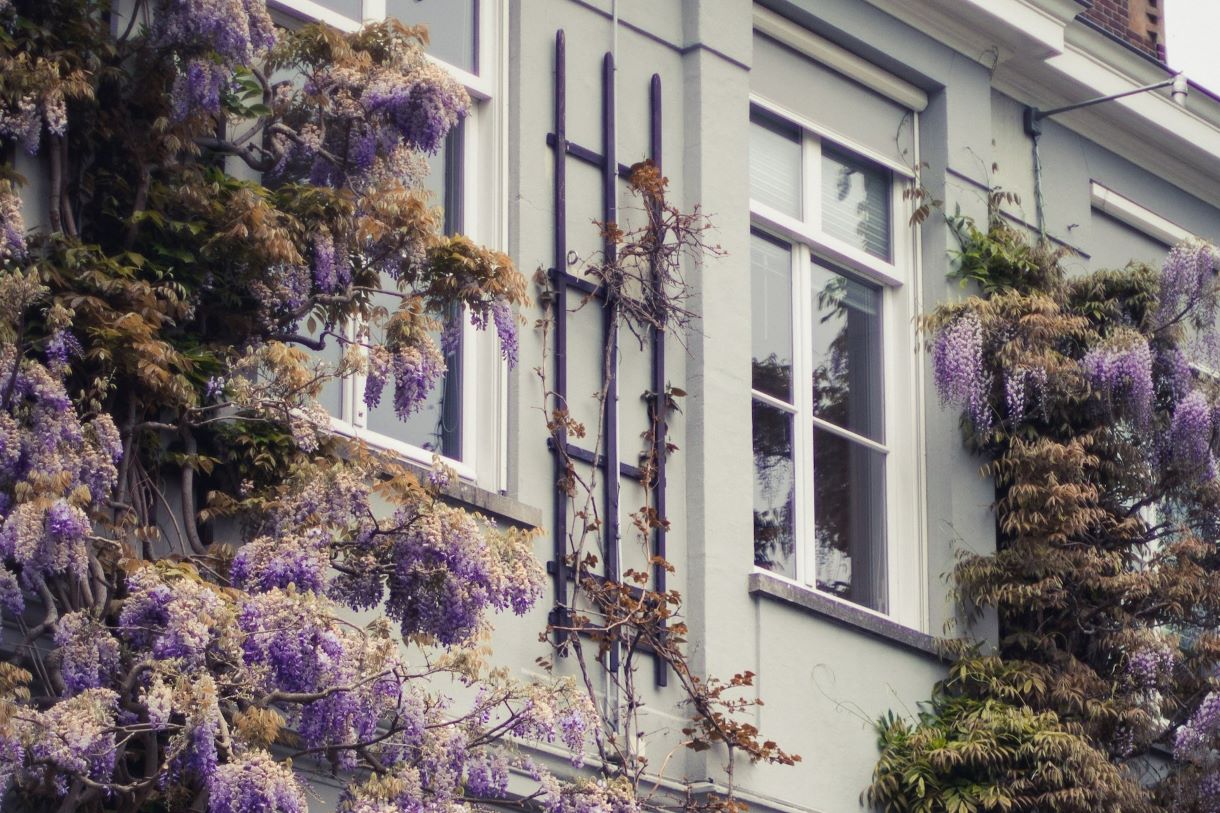
Scrambling climbers
Which plants are scrambling climbers?
Climbing and rambling roses and bougainvillea are all scrambling climbers. They have long, bendy stems which don’t cling by themselves, so they need to be tied into their supports.
The best support for scrambling climbers
Scrambling climbers are vigorous plants and need a lot of support! Train yours by making a network of wires across your wall or fence, or train on a pergola, arch or through the branches of a large tree. If you use a trellis, make sure it’s a large and sturdy one which is well anchored to the wall or fence. Once the plant starts to grow upwards, you can encourage it to follow the structure you want by tying in the larger branches to the supports. Garden string, strong plant ties and cable ties all work well.
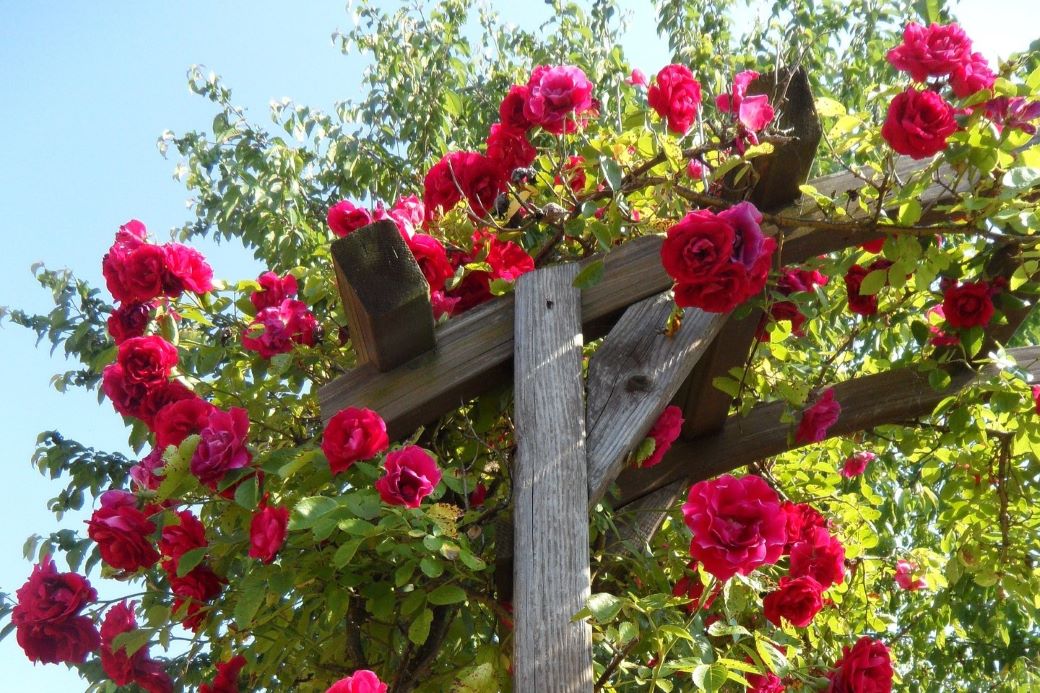
Self clinging climbers
Which plants are self clinging climbers?
Self clinging plants attach themselves to surfaces in two ways - plants like Virginia creeper and Boston Ivy use touch sensitive self-adhesive pads to cling. These are sometimes called suckering plants. The other kind of self clinging plants, which include most ivies (hedera), climbing hydrangea and euonymus, attach themselves by means of clinging stem roots.
Self-adhesive pads
The stems of these plants have tendrils which are touch sensitive and have pads on them which stick to surfaces. If they don’t have a vertical support system, they will grow out sideways, sticking to anything they touch!
Clinging stem roots
These plants have stems ending in clusters of short, sturdy roots that cling to surfaces. They’re easy to train up a building or wall, but cling so strongly that they can damage the surface if you try to remove them.
The best support for self clinging climbers
Self-clinging climbers don’t need any support, but you can certainly help them start off in the right direction! Make a temporary support from wires or garden canes to bridge the gap between the plant and the support and it will soon take off. A wall, fence or structure such as a shed or garage is the perfect place for your self clinging climber, but they will also thrive on pergolas, arches, arbours and through trees.
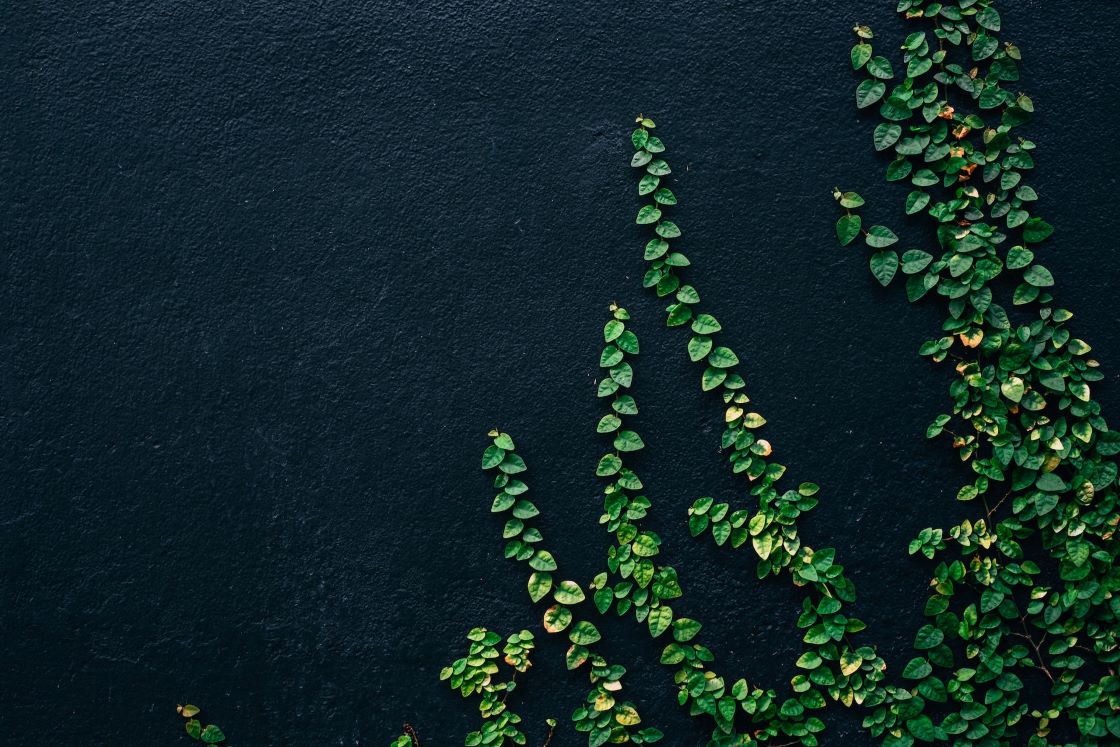
Tendril climbers
Which plants are tendril climbers?
Like twining climbers, there are two different types of tendril climbers; stem tendrils and leaf tendrils. They work in the same way, with the thin, curly tendrils reaching out until they come into contact with an object or other plant that they can wrap around. When they find a support, they grab a hold, coiling round like a spring that adjusts itself to get the best grip as it grows.
Plants with stem tendrils include passiflora and grape vines - their tendrils are shoots that grow from the stem.
Leaf tendrils are really a kind of leaf that grow out of the leaf node, or bud. These plants include peas and sweet peas.
The best support for tendril climbers
Tendril climbing plants need some kind of horizontal support to hold on to. Netting or chicken wire works well, but make sure the holes are large enough - anything over 5cm square will be fine. You can also make a support from garden canes or sticks planted in the soil about 4-5cm apart, with horizontal strings or wires stretched across them (these will need to be no more than 10cm apart or the tendrils might not be able to reach the next level). Passion flowers (passiflora) are pretty vigorous and will thrive on strings, wires or trellis attached to a wall, pergola or fence, but you’ll need to tie them in as the plant grows.
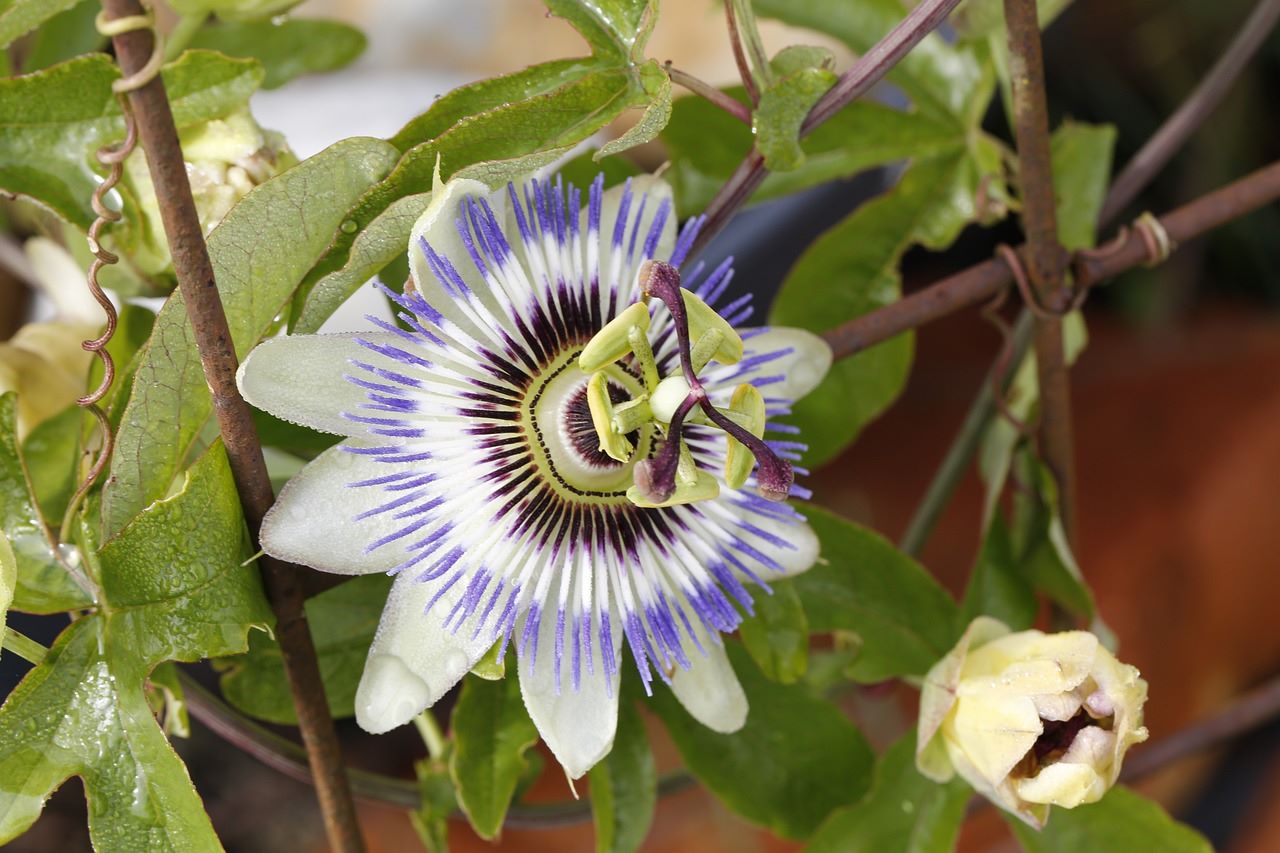
Support for climbing plants in pots
If you’re growing your climbers in pots, there are two ways of supporting them and lots of different supports you can use.
For plants in a permanent place, you can position the pot next to a wall trellis, pergola or fence, where it can grow up a network of wires or string. You can also put a large potted climber at each end of an arbour or arch, so that they can climb over it and twine together.
Alternatively, keep your plants portable by placing an obelisk or trellis in the pot - these can look highly ornamental and can be taken with you if you move (or just change your mind!).
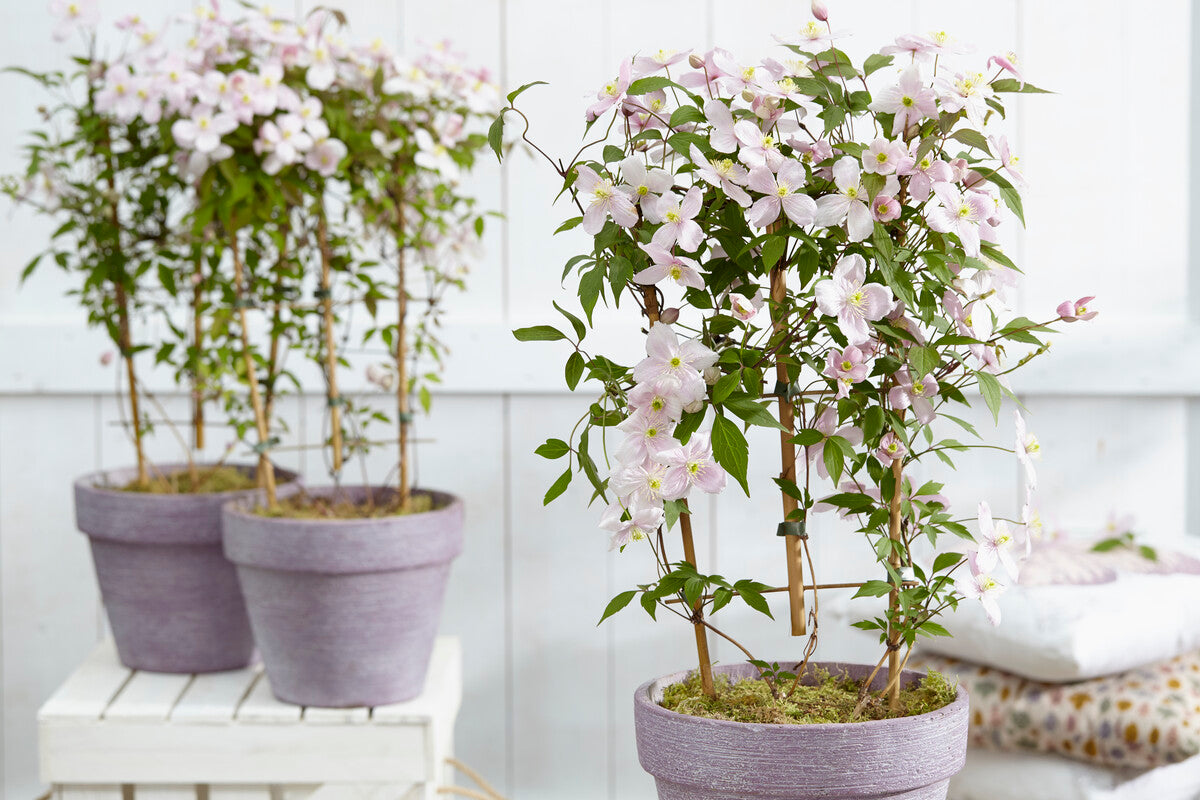
Troubleshooting
Training your climbing plant is an ongoing process - tie in new growth regularly as it emerges to keep the plant well shaped and going the way you want it to. If there are a lot of branches growing away from the support and they can’t be tied in, you can prune these out without affecting the general health of the plant.
Last updated: 13/11/2023

